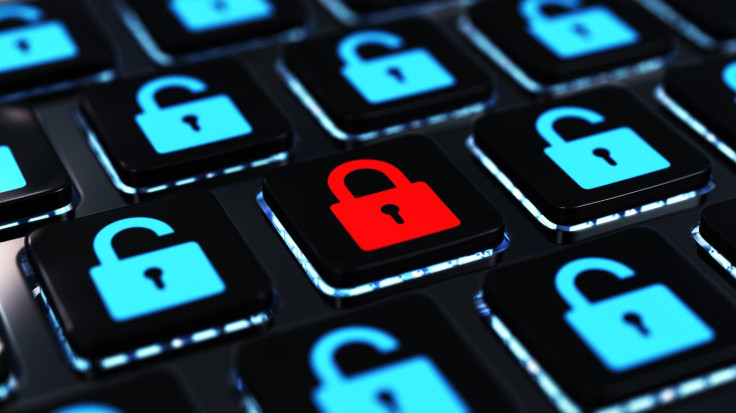Internet safety for kids: Top five tips to protect your children online
The internet is not always suitable for kids – here's a guide to keeping them safe.

It's increasingly difficult to stay ahead of the curve when it comes to technology, especially when you are a parent trying to keep your children safe as they grow up immersed in this digital world. Cybercrime, grooming, sexting, social media — where to start?
Research released for 2017's Safer Internet Day in the UK revealed that one in five children surveyed had been bullied with online images or videos. Additionally, roughly 70% of kids had seen images and videos "not suitable for their age" while surfing the web.
To help parents feel confident their children are safe and protected when they're online here's a practical list of how to keep children safe when online:
Use free filtering technology/safe modes. Most online services these days come with privacy or safe modes built-in, it's important to switch them on for your child. Filtering tech can block harmful websites, age-restricted games, forums, chatrooms and anything else you choose. Some applications can do everything from create weekly reports for you about browsing to log the keystrokes on a device. The extent of the control needed is up to you but beware – if you come on too strict you will likely be met with rebellion.
Monitor your child's internet history for every device they use. You don't have to be the police state in the house, instead, make a point of checking the internet search history at the end of the day to make everything viewed is satisfactory. This is easiest if you create your child a dedicated account on a home computer or device. Note, they may learn how to delete their own records, so like most options you have this is not a full-proof choice.
Only let your child on computers or devices where you can see them. This will largely depend on the age of your child, but for the young ones it is advised to only let them use a computer, smartphone or tablet in a place where it can be monitored by an adult. When used alongside web filtering this can be an effective method of keeping an eye on what is being searched for, viewed or watched on the web.

Talk about the internet and be open about what's out there. On the internet a 50-year-old man can pose as a 15-year-old girl, chatrooms can be used for grooming and personal information is given away at the click of a mouse. Yet it is also a place for discovery, a tool to help with homework and a way to learn more about the world. Parents and children need to communicate and talk about what the internet is, what is isn't, and how to recognise the more lurid aspects of it.
Know your child is probably smarter than you when it comes to the internet. Parents, when growing up you had VHS, cassette tapes and dial up. In comparison, your kids have Snapchat, Facebook, virtual reality, streaming services and online gaming. They have grown up in a world of touchscreens and data plans, a world where content is free and personal information means little. The world has changed, and you are likely behind the times. Don't accept it, just be aware of it. The key in all this is not to rely on technology to solve your problems, but use it as a compliment to good old-fashioned education.
"It is fair to say that in 2017 the internet is powered by images and videos. This can magnify the risks and pressures that young people face, while also offering new opportunities for self-expression and creativity," said Will Gardner, a director of the UK Safer Internet Centre.
"This Safer Internet Day young people around the UK are uniting to inspire a better internet. We need to harness this enthusiasm and empower them to 'be the change' and use the power of image to help create a better internet."
© Copyright IBTimes 2025. All rights reserved.






















